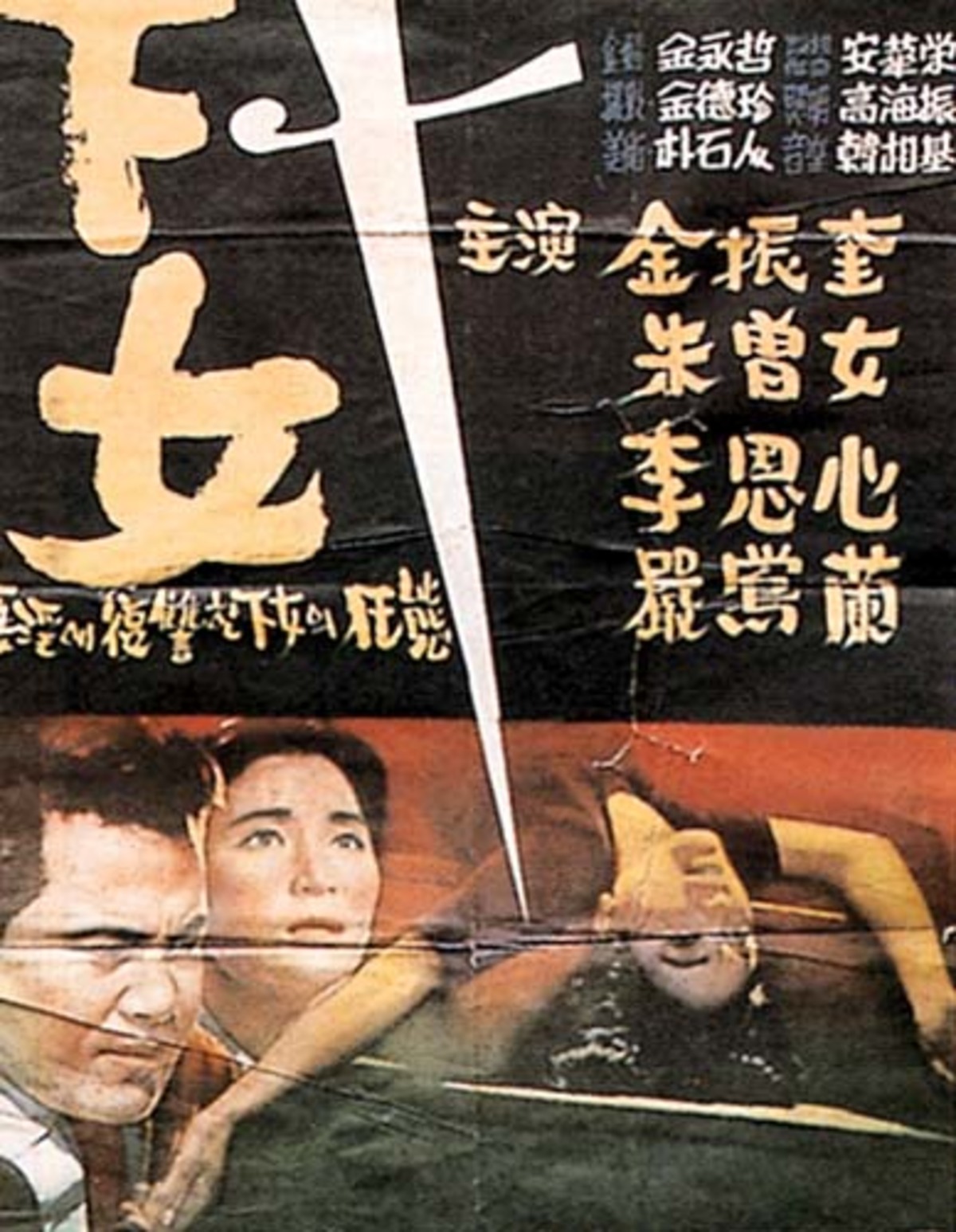Korea
Korean cinema has been greatly influenced by the country's turbulent past, marked by colonization, war, and political turmoil. These historical eras left a lasting impression on the growth of Korean film, influencing its themes and genres. A variety of genres have been explored by Korean filmmakers, reflecting the nation's rich cultural legacy and complex modern history.
As Japan conquered Korea in the early 20th century, it imposed its culture, language, and customs on the Korean people, and many parts of Korean culture were suppressed or outlawed. This had a profound impact on Korean society, including its film industry, which was heavily censored and controlled by the Japanese government. The authorities believed that films could be used as a powerful tool for propaganda and used their influence to promote their own cultural values and ideologies. Many of the films produced were intended to promote Japanese nationalism and imperialist ideology and were used to support Japan's efforts to control and dominate the Korean people.
Japanese-era Korean movies glorified the emperor and military. Numerous films showed the Japanese as heroes and Koreans as inferior. Popular historical films showed Japan as a benevolent and noble influence in Korean history. Japanese-era Korean cinema promoted traditional Japanese values and customs. These featured films depicted Japanese culture and lifestyles as superior to Korean ones and advocated for "modernizing" Korea to match Japanese culture.
 |
| "Arirang"(1926) |
"Arirang"(1926), "Chunhyang"(1935), and "Tange Sazen: Secret of the Urn" (1935), depicted the Koreans in a negative light and emphasized the superiority of Japanese culture and way of life. The real intention behind the making of "Chunhyang"(1935) was to promote Japanese cultural values and to reinforce the idea of Japan's superiority over Korea. The film was produced as part of Japan's larger project of cultural assimilation and control over Korea, which sought to erase Korean cultural identity and replace it with a Japanese one.
 |
| "Chunhyang"(1935) |
Another major influence was the Korean War period (1950 - 1953), the film industry in South Korea was severely impacted by the conflict, with many filmmakers and actors forced to flee or go into hiding. However, after the war, the film industry began to recover and flourish, producing a wide range of films that reflected the social, political, and cultural changes taking place in the country. The few films produced during this period often dealt with the war itself and its effects on Korean society.
One such example is the film "Aimless Bullet" (1961), which tells the story of a family living in Seoul after the Korean War. The intention of the film was to portray the harsh reality of life for ordinary Koreans in the aftermath of the war and to criticize the government's failure to provide adequate support for its citizens. The film is acclaimed for its honest depiction of poverty, despair, violence, and social degradation. Films like "The DMZ"(1960), and "The Housemaid" (1960) depicted the same.
.jpg) |
| "The Housemaid" (1960) |
After the war, the South Korean government actively promoted the development of the film industry as part of its efforts to rebuild the country. The "Golden Era" of Korean cinema followed. Many 1950s–1970s films addressed social and political concerns such as war's aftermath, corruption, and poverty. Korean cinema has evolved since the "Golden Era," reflecting Korean society and culture.
Despite the challenges faced during the Japanese occupation and the
Korean War, Korean film has become a formidable medium for artistic expression and social critique despite the obstacles faced during the Japanese occupation and the Korean War. The resilience and inventiveness of Korean filmmakers, who have managed to convey their tales and make their voices heard under the most challenging circumstances, are demonstrated throughout the history of Korean cinema.

Comments
Post a Comment